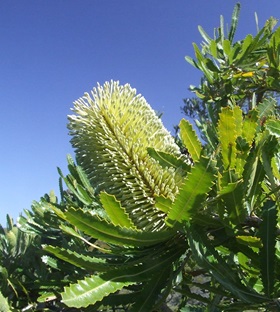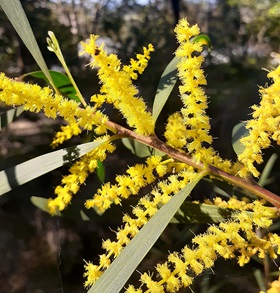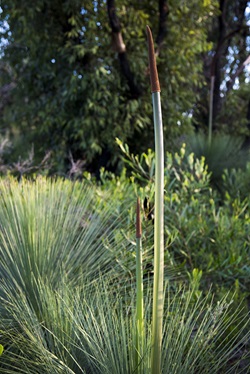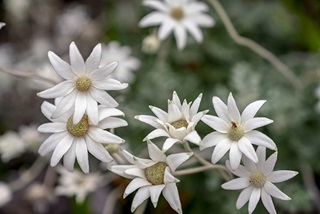Eastern Suburbs banksia scrub (ESBS) can be tricky to identify as it can look similar to neighbouring coastal heathland.
Different flowers in ESBS bloom across the seasons and it can exist in various forms such as:
- a carpet of newly emerged wattles and flannel flowers after fire
- low and colourful heathland
- a woodland dominated by trees and large shrubs
- a bare patch of sand that contains seeds shed by parent plants that once grew there – seeds can remain in the soil for decades and emerge after fire or disturbance, in one case, removal of bricks resulted in ESBS species sprouting from seed that lay underground for around 30 years.
Another heathland community that shares the clifftops with ESBS has a different mix of plants that live in more nutrient-rich sand that comes from the erosion of coastal sandstone.









